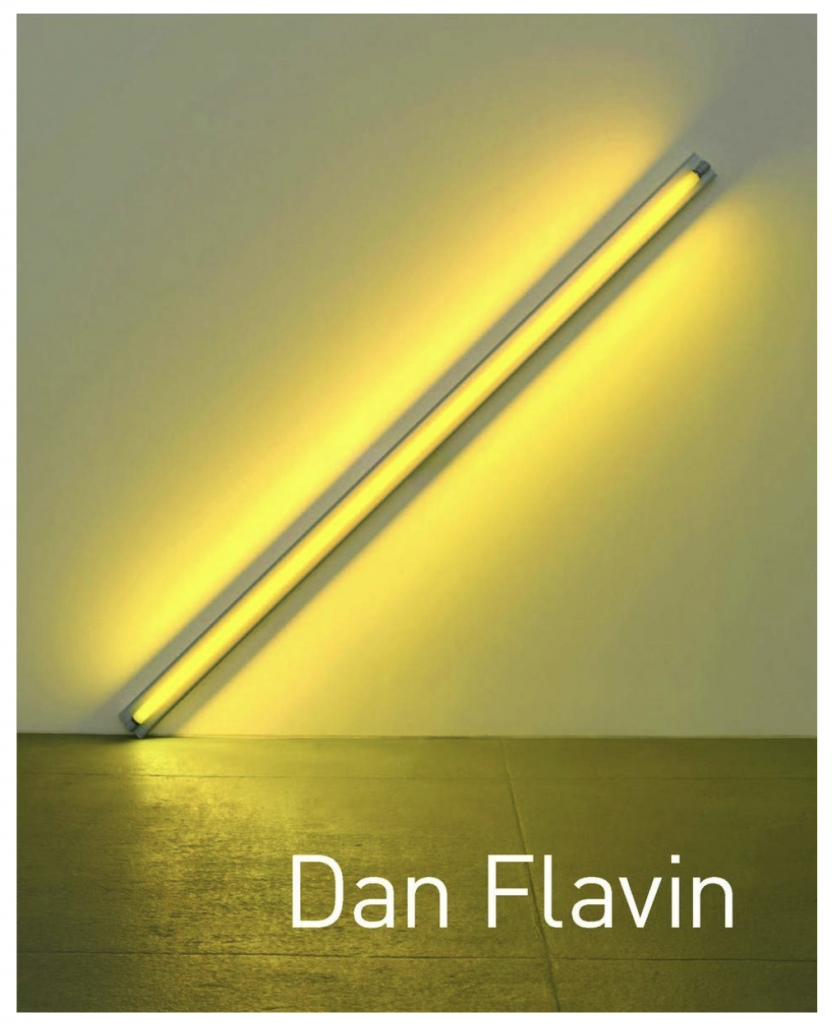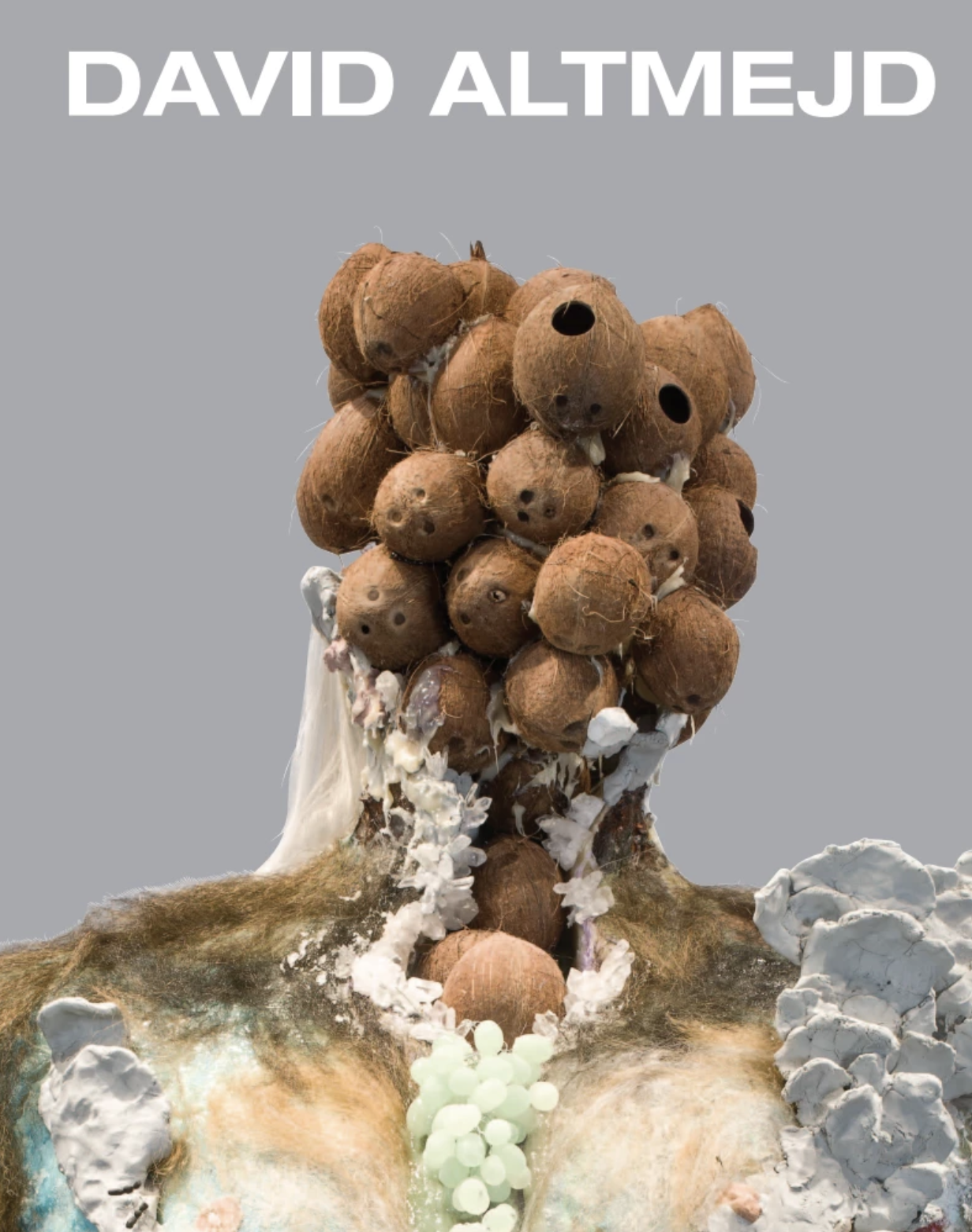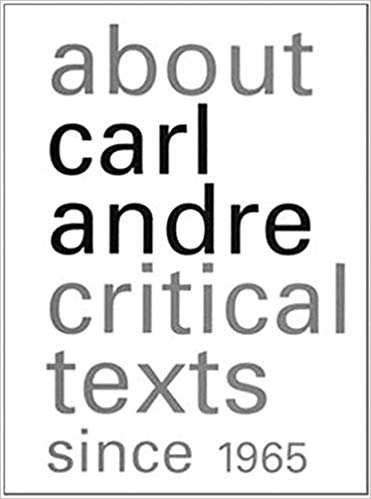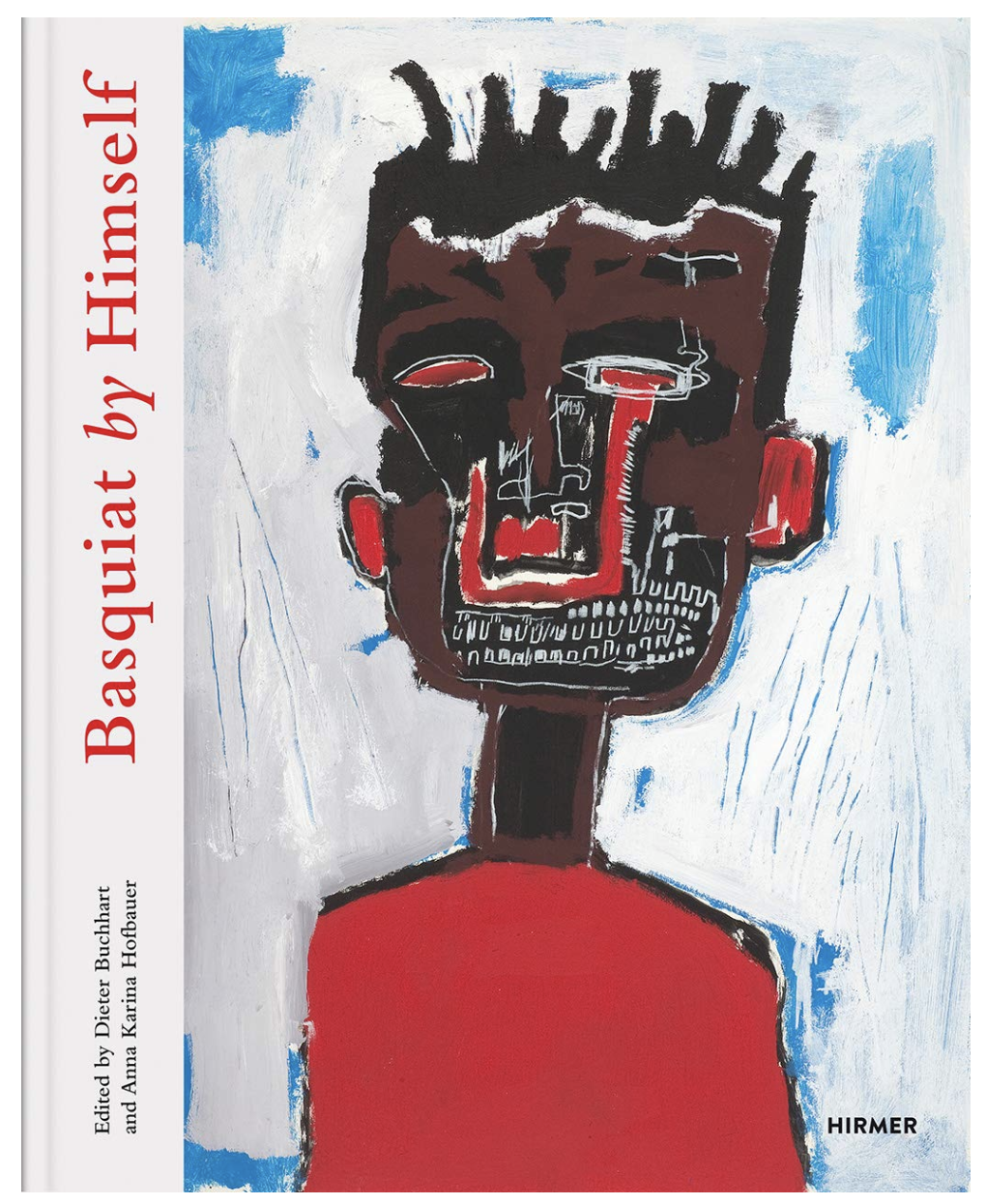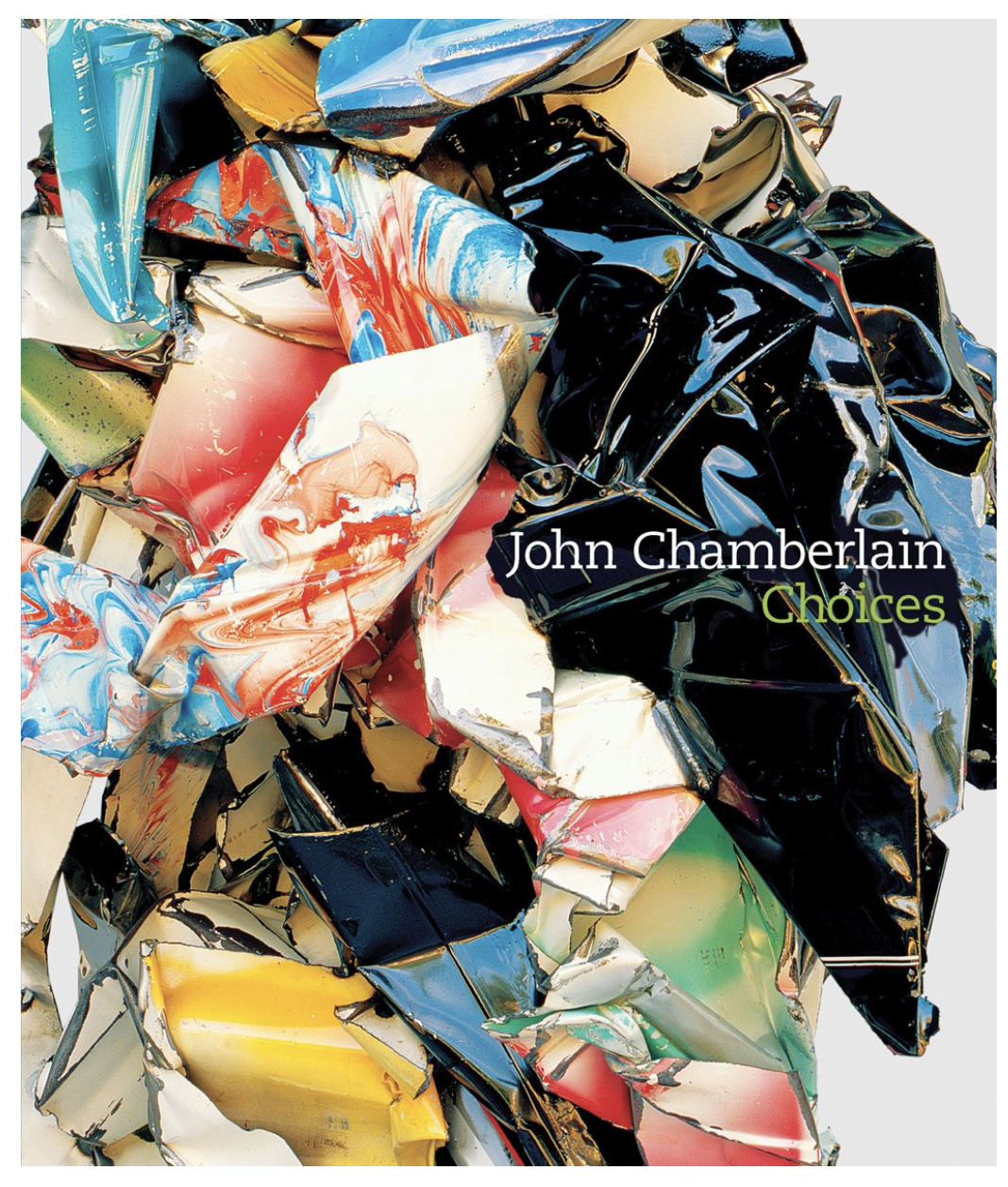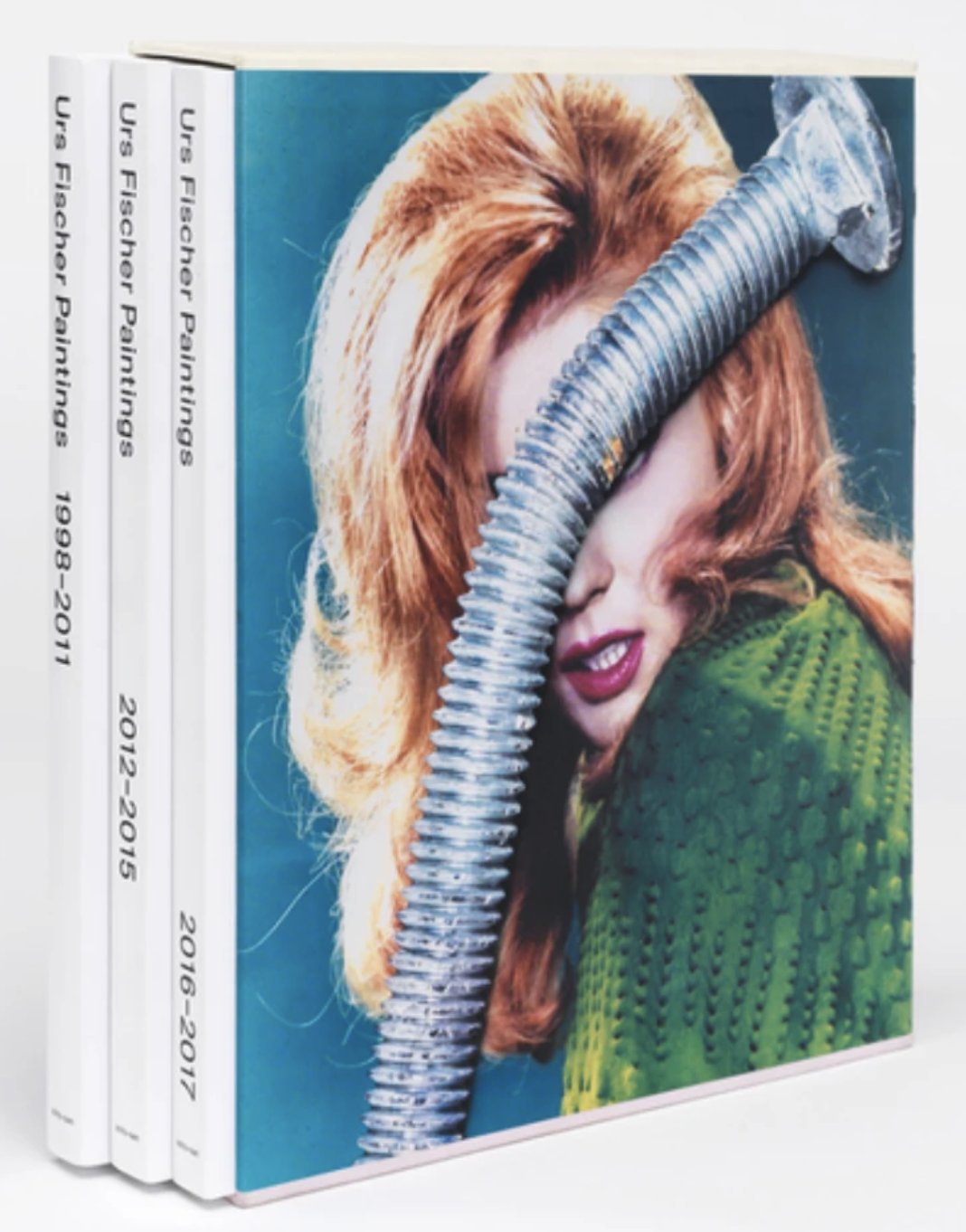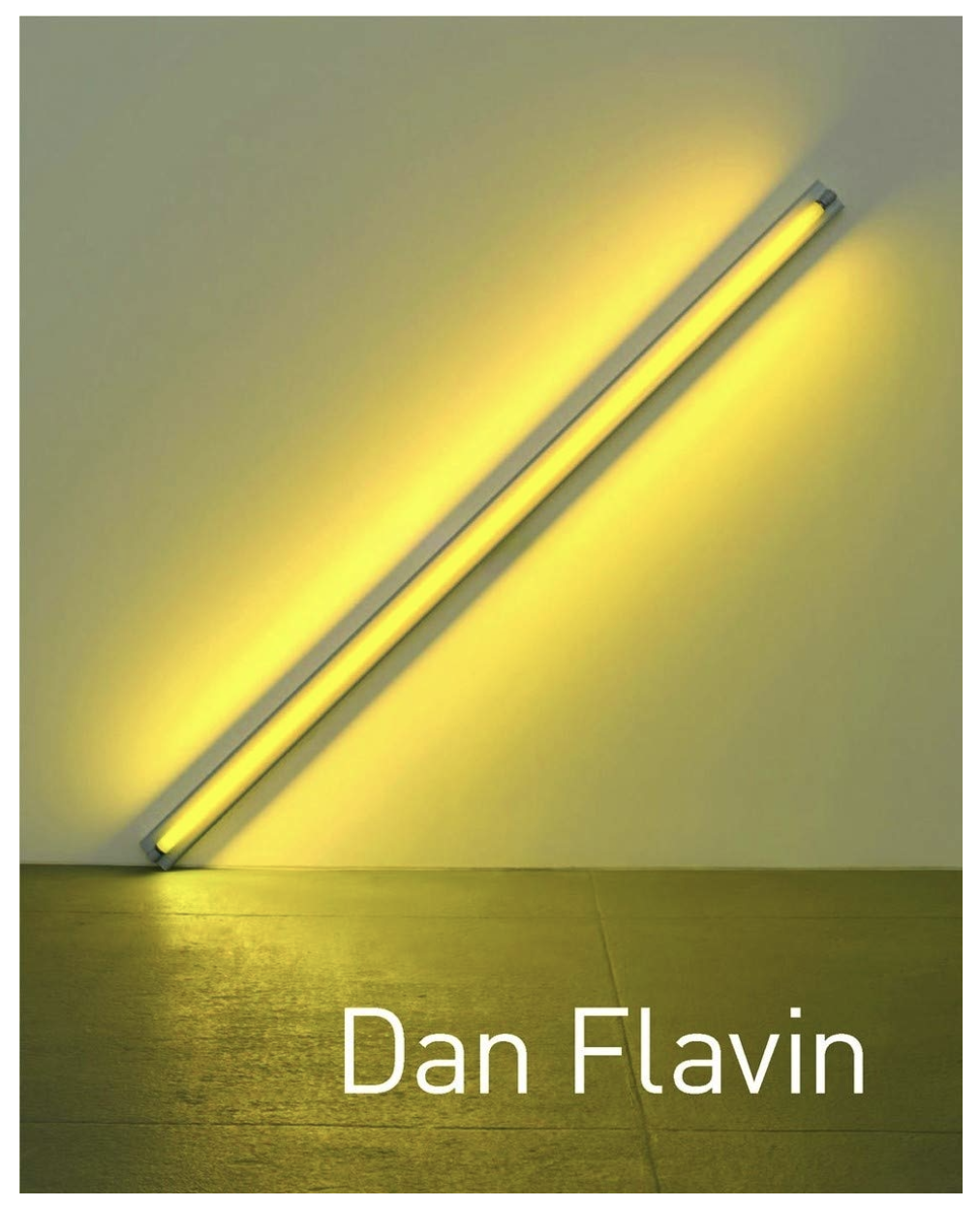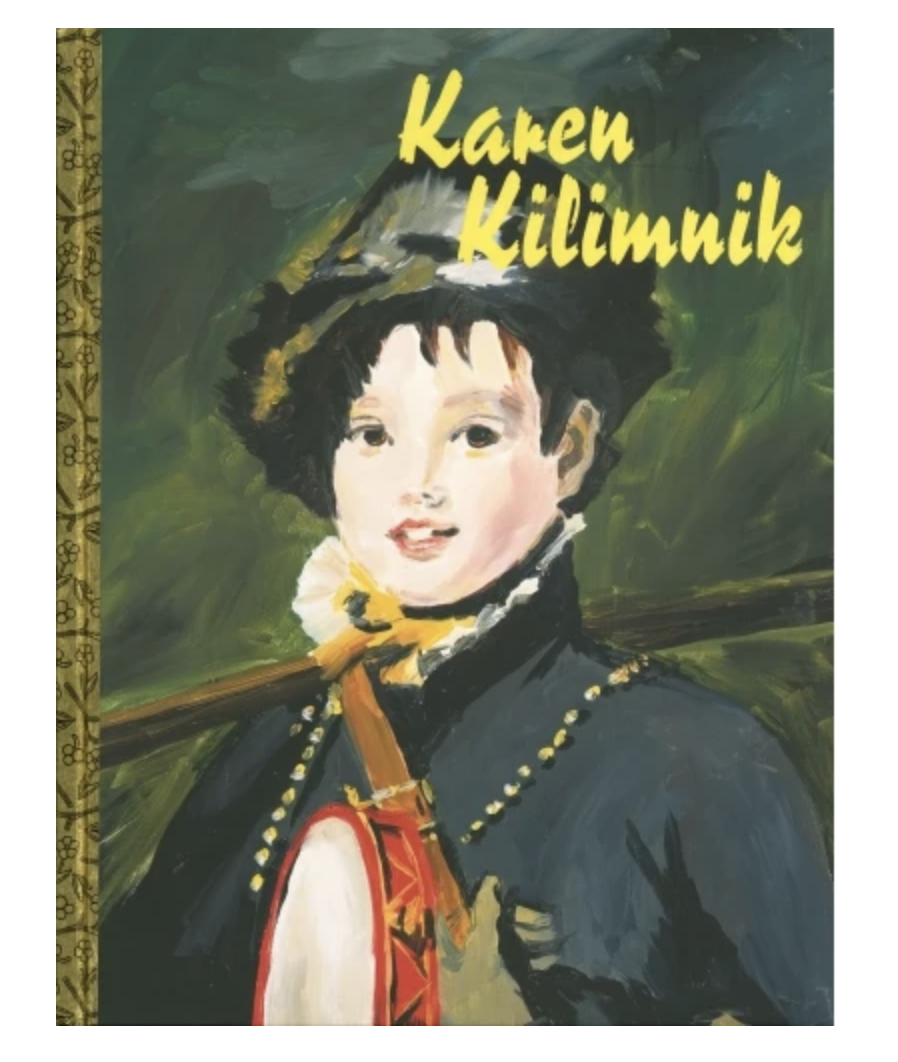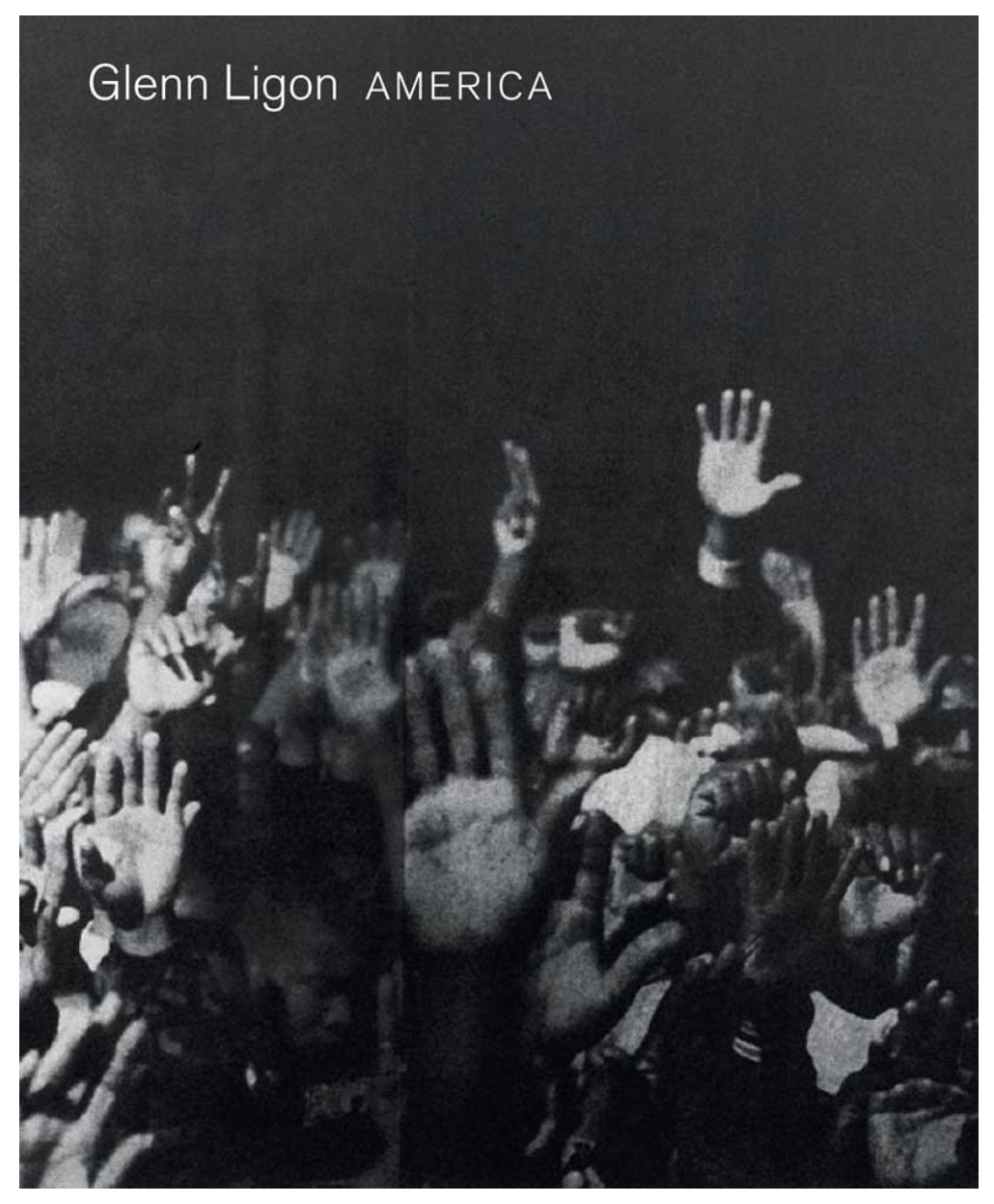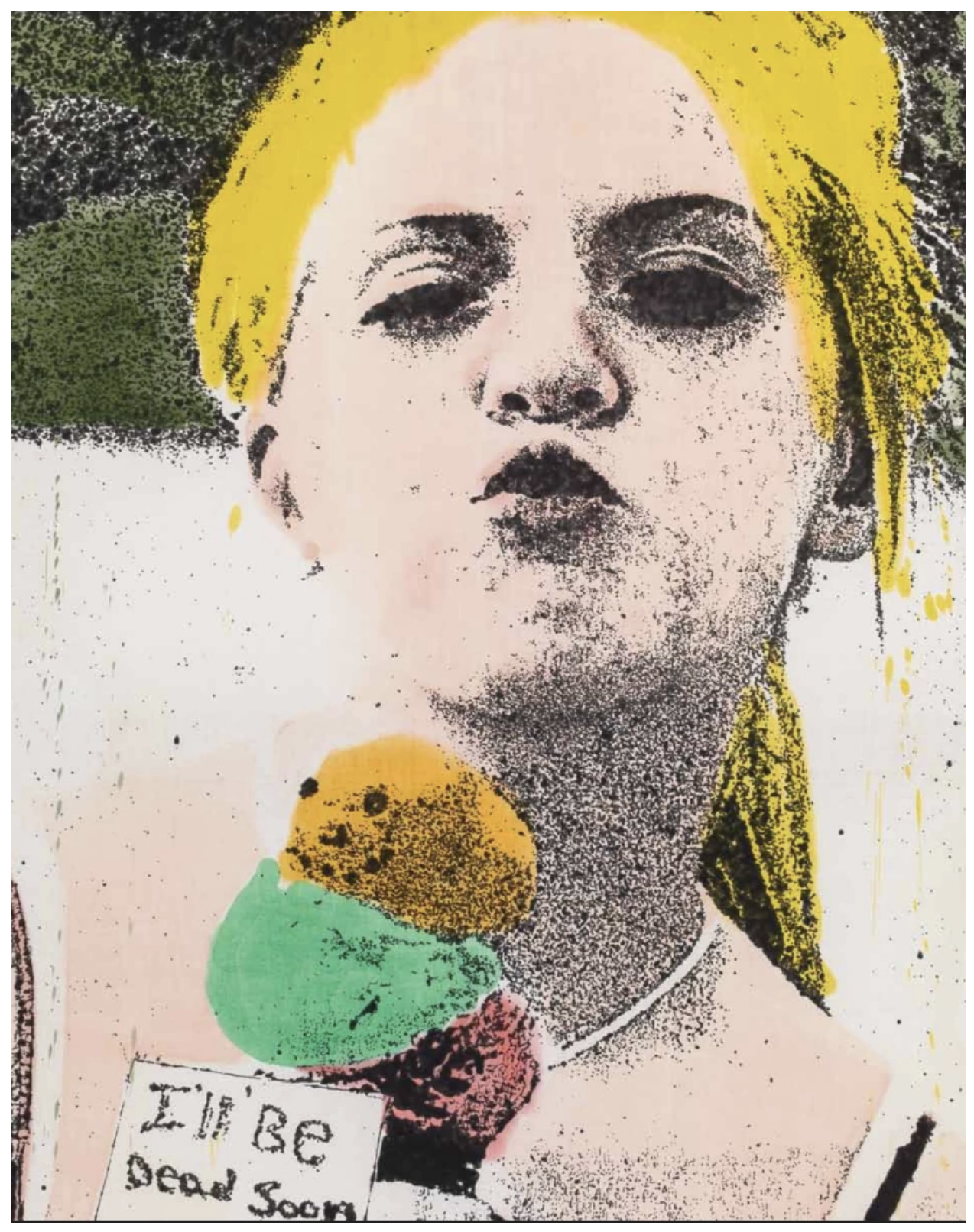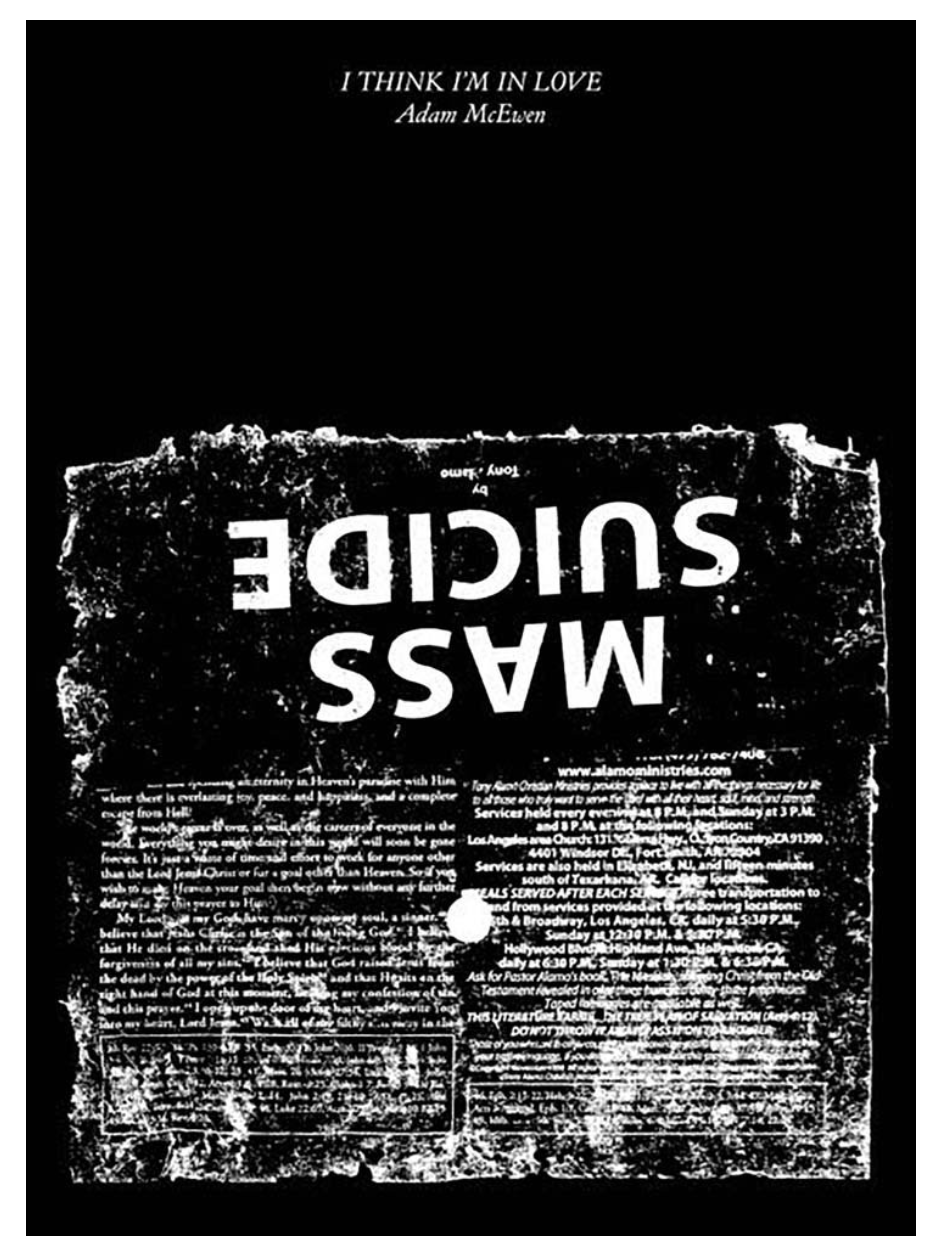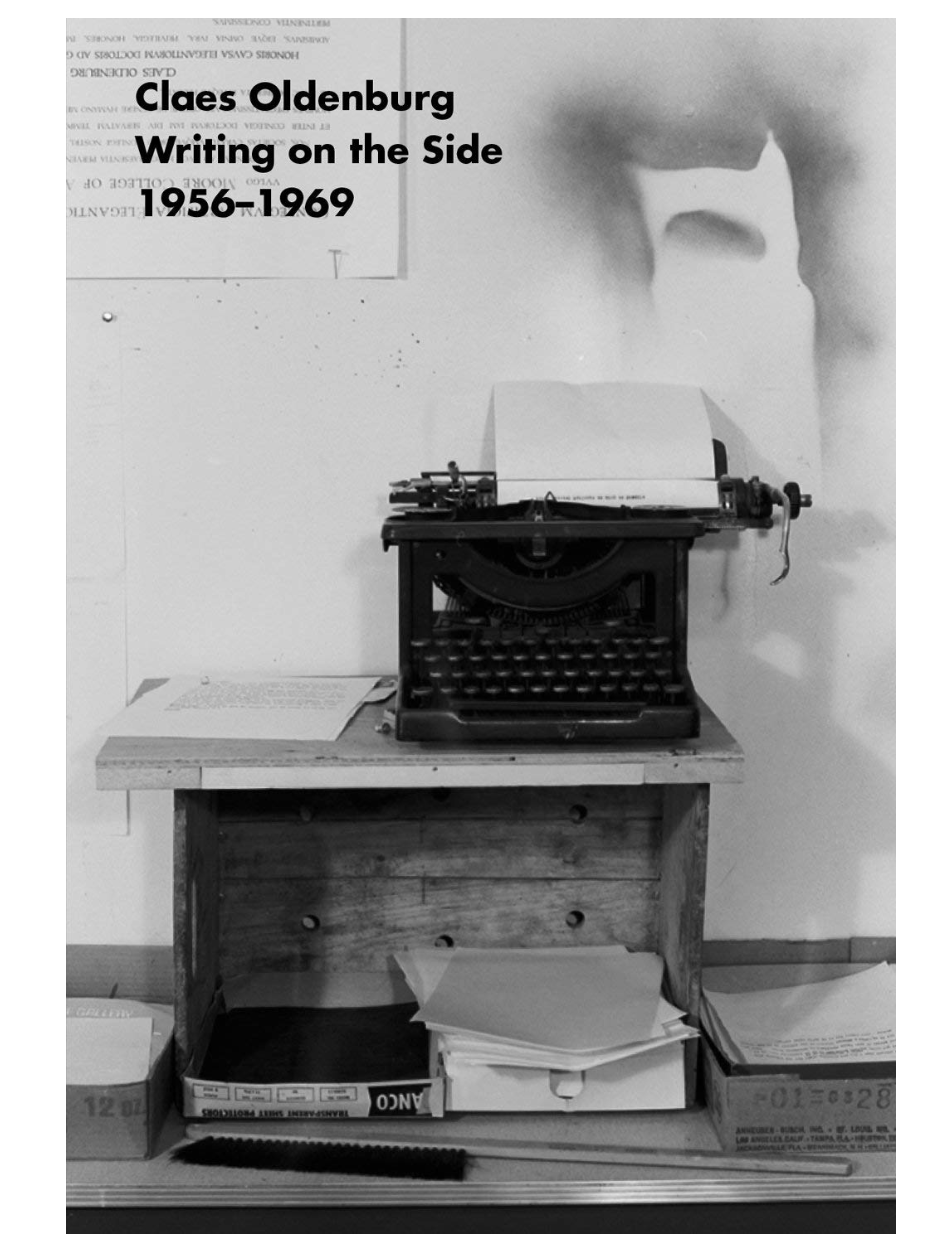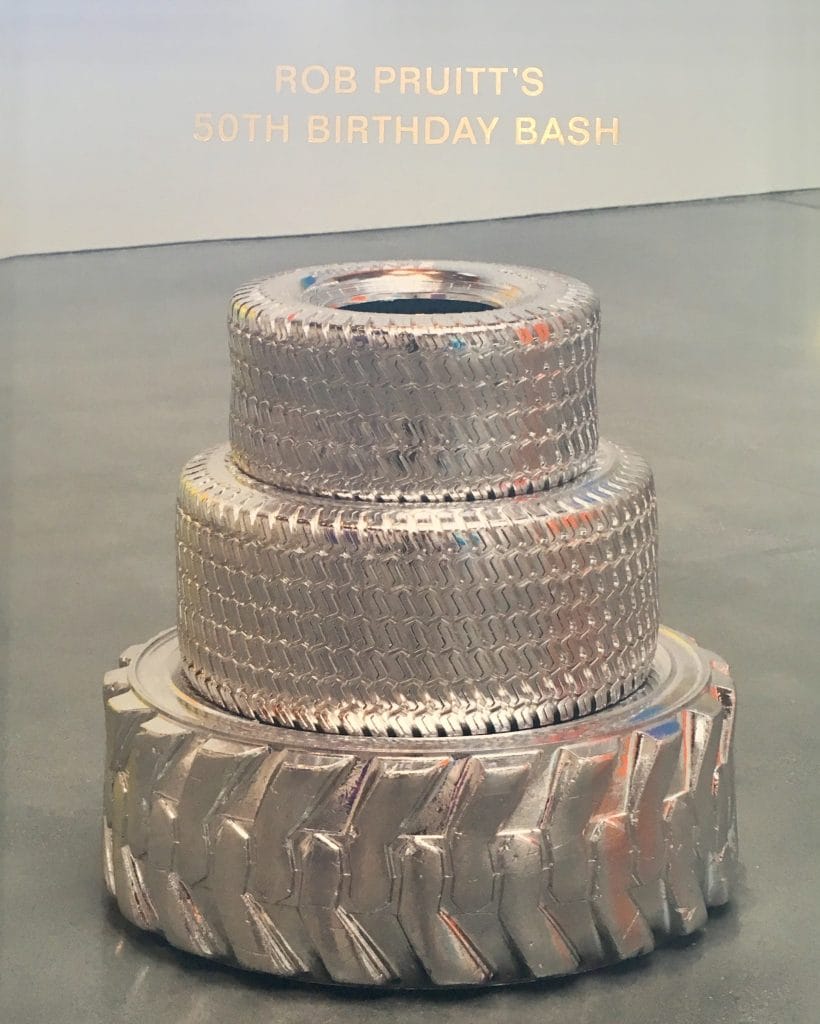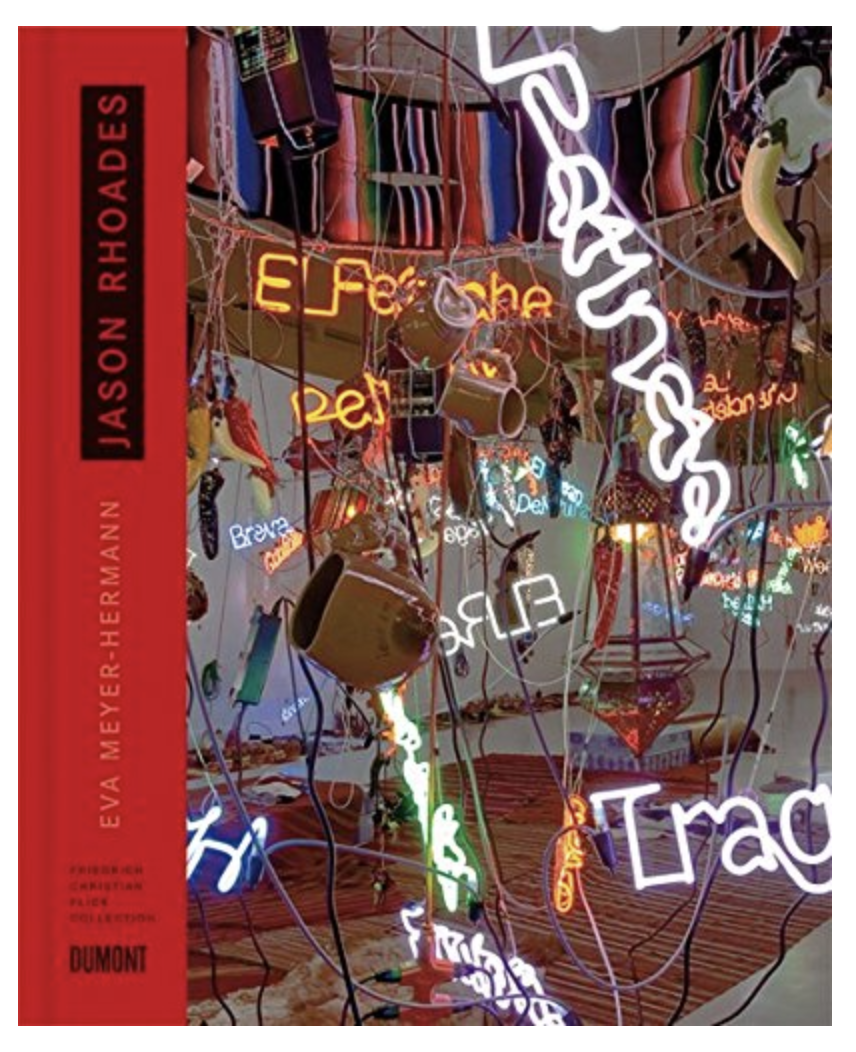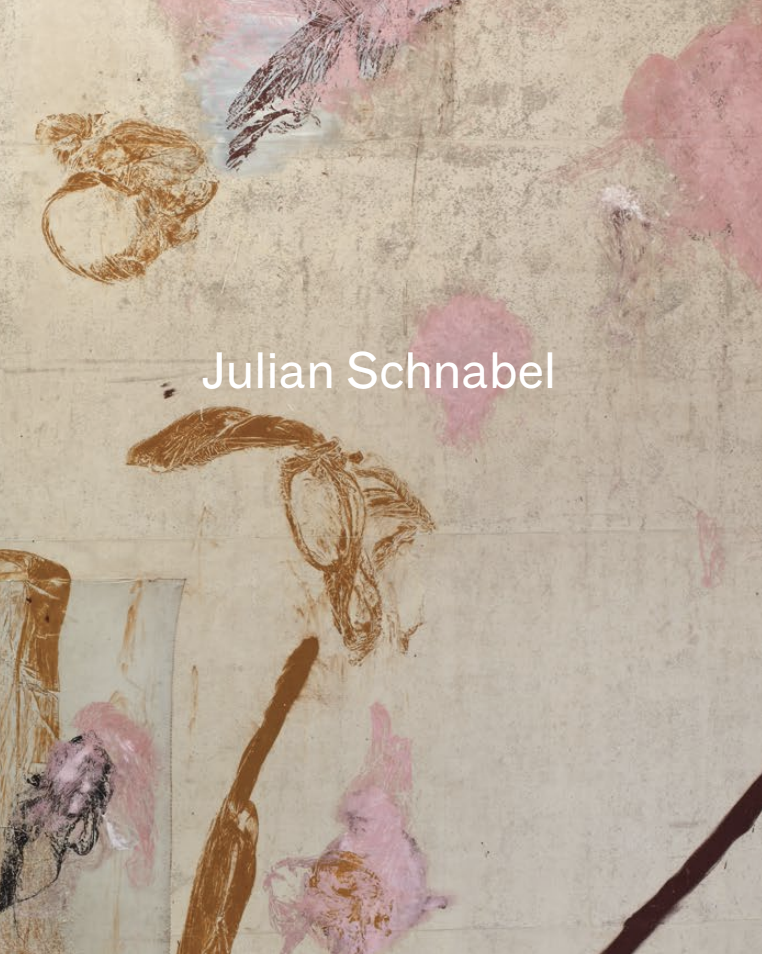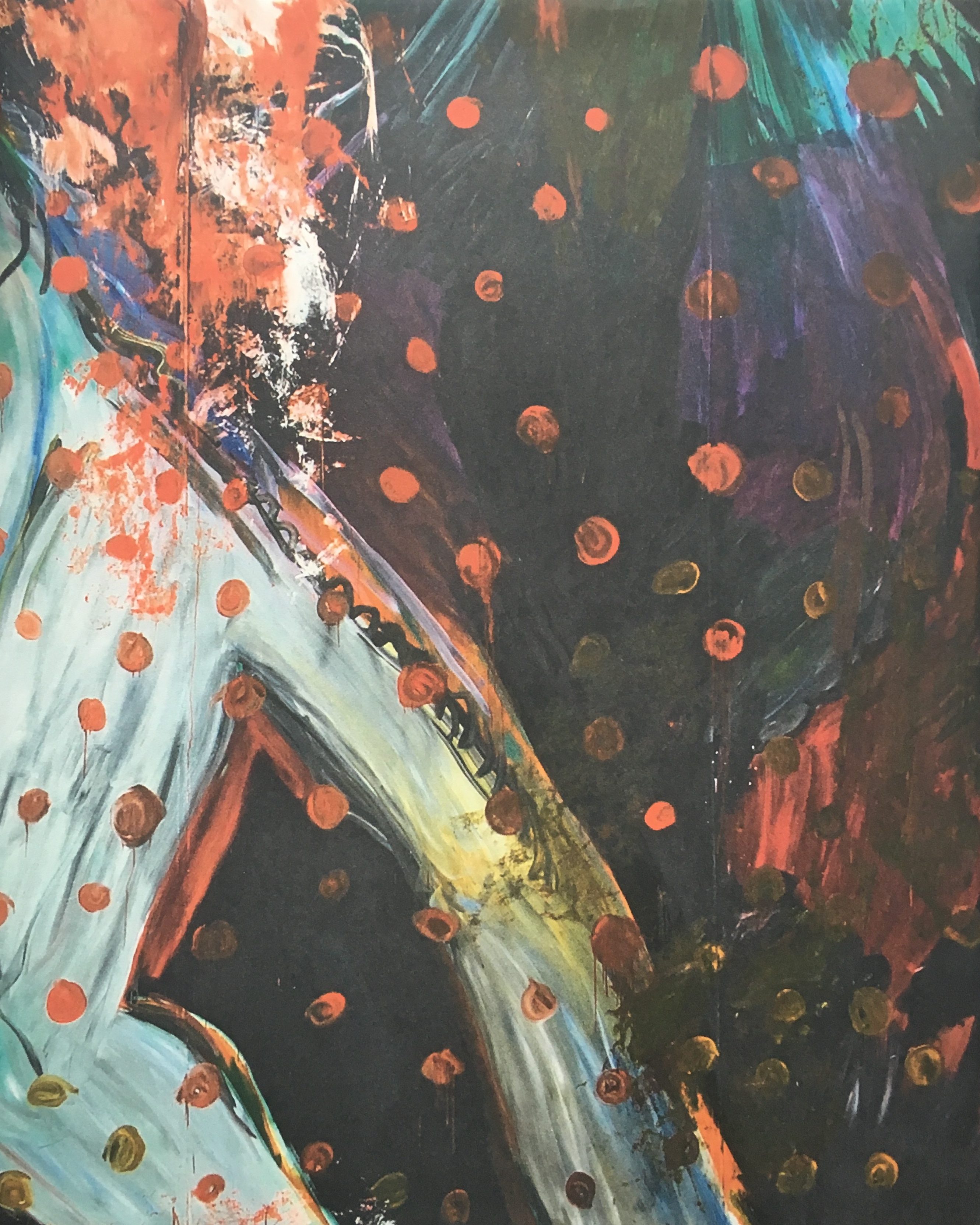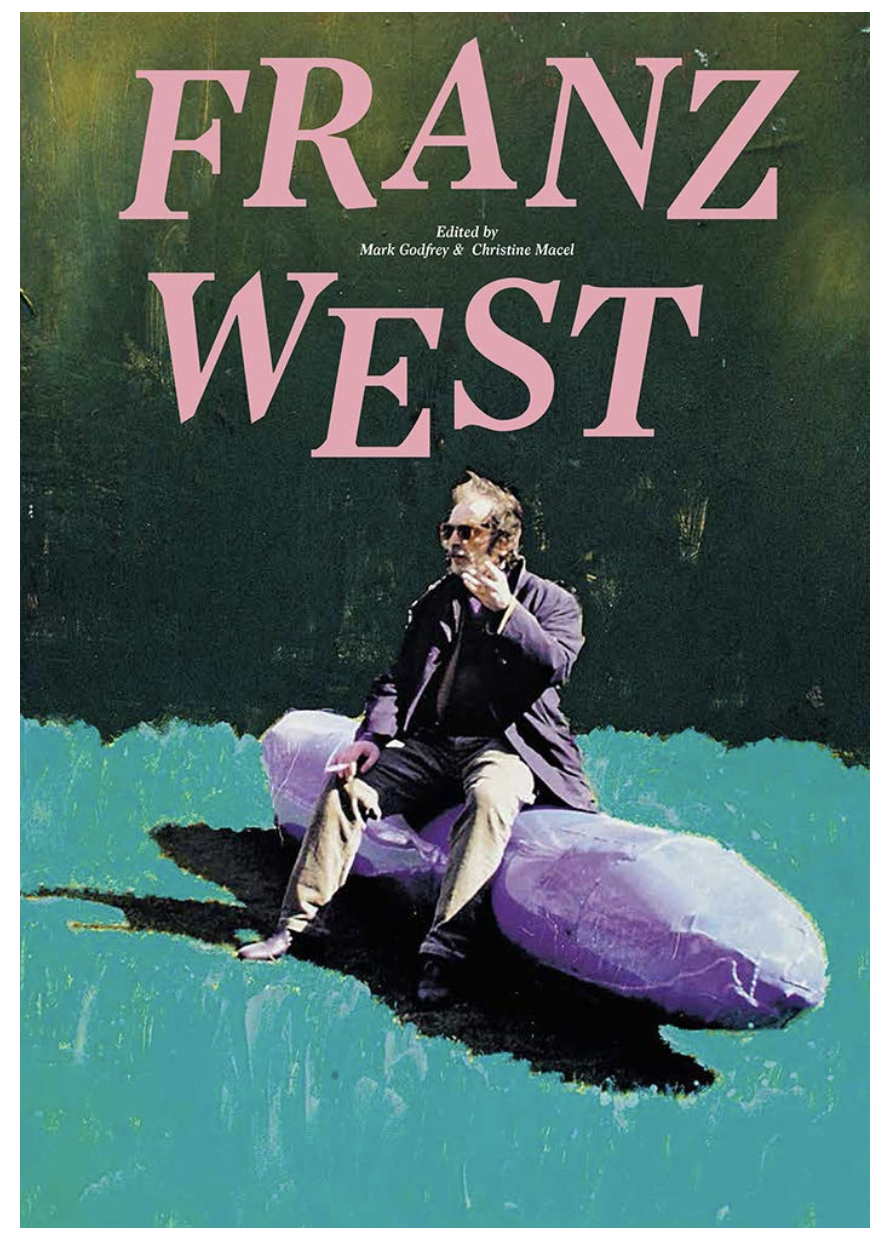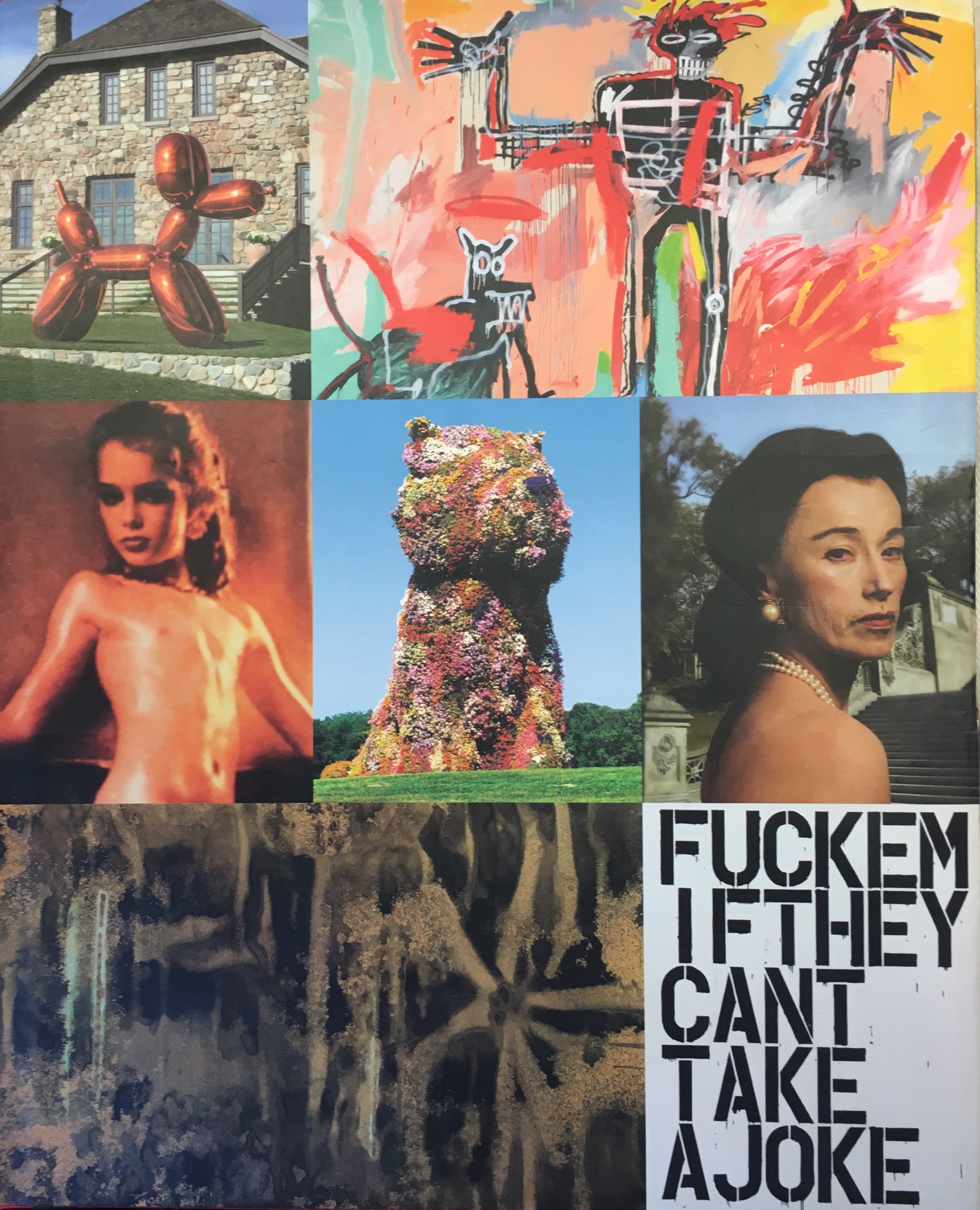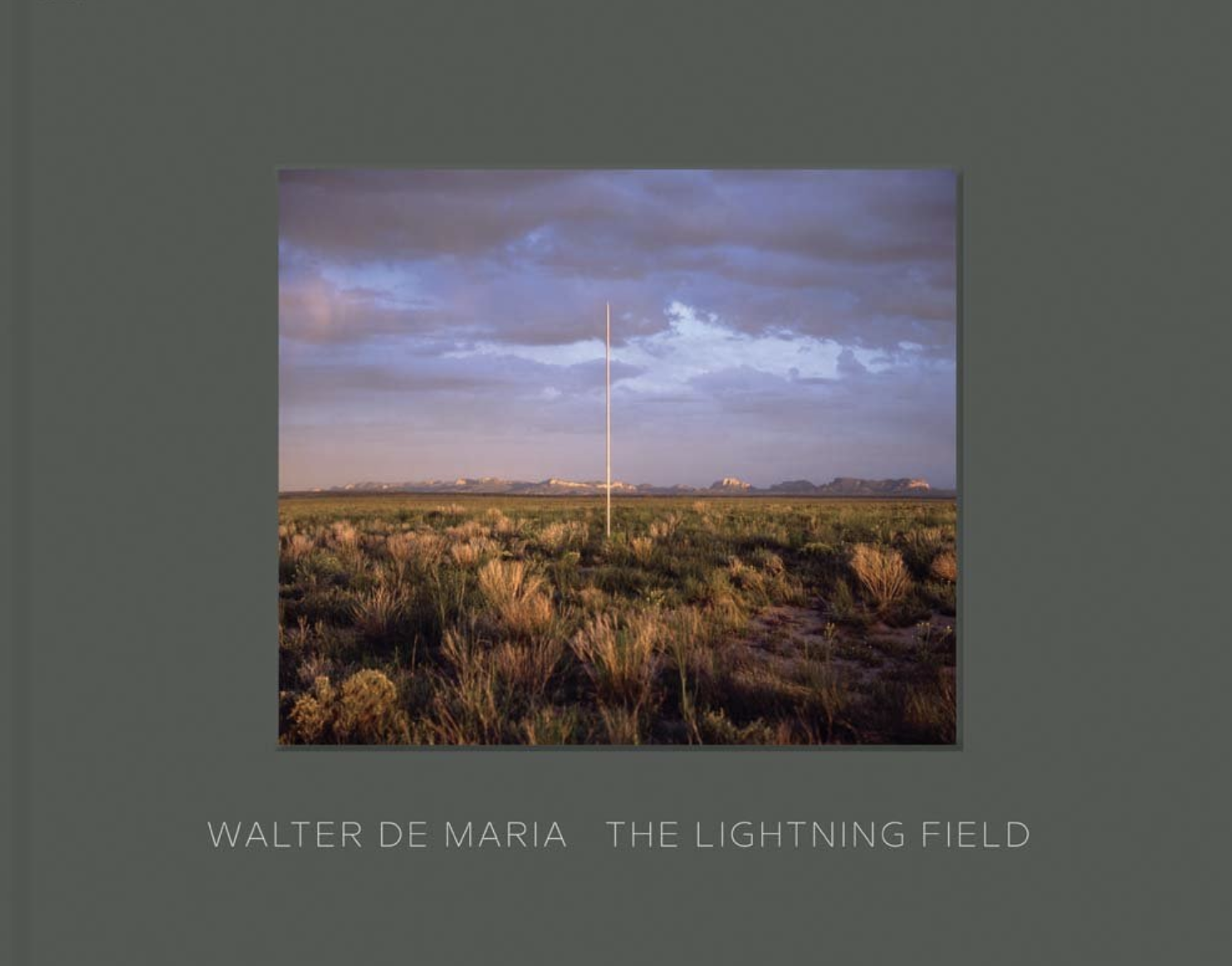Library
Library: Third Dimension
New York November 29th, 2019
This library selection features artists in The Brant Foundation’s current New York exhibition, Third Dimension: Works from The Brant Foundation.
Third Dimension: Works from The Brant Foundation is the second exhibition at The Brant Foundation’s New York space, featuring over 20 artists integral to its collection. The selected sculptures, installations, and other works oscillating between painting and object represent the multifaceted practices of the artists on view, offering visitors the opportunity to encounter artists who have been collected in depth by Brant Foundation founder Peter M. Brant over the past 50 years. With a focus on sculpture and installation, The Brant Foundation pays tribute to the history of its East Village space, formerly the longtime studio of artist and sculptor Walter De Maria.
ARTISTS
David Altmejd, Carl Andre, Jean-Michel Basquiat, Maurizio Cattelan, John Chamberlain, Urs Ficher, Dan Flavin, Mike Kelley, Karen Kilimnik, Glenn Ligon, Nate Lowman, Adam McEwen, Cady Noland, Claes Oldenburg, Richard Prince, Rob Pruitt, Jason Rhoades, David Salle, Kenny Scharf, Julian Schnabel, Josh Smith, Dash Snow, Oscar Tuazon, Andy Warhol, Franz West
About The Brant Foundation Library
The Brant Foundation’s library program was established in 2009 to facilitate the appreciation and understanding of contemporary art and to advance our mission of promoting arts education. As both a museum and art study center, the Foundation’s library serves as a crucial resource for students, scholars, and educators by providing access to a unique collection of hard-to-find materials. After noticing the difficulties of obtaining contemporary art publications, typically as a result of rarity or expense, the Foundation was inspired to make efforts to broaden their holdings and increase accessibility to the public.
By reaching out to the surrounding arts community for help, the Foundation has accumulated an actively growing, rich collection of contemporary art books. With the contributions from the many organizations and institutions that share our vision, the public gains access to a wider range of materials used for the scholarly study and examination of contemporary art. Housing over 1,000 volumes – from exhibition catalogs and artist monographs to art criticism texts and periodicals – the library reflects the Foundation’s collection and admiration of contemporary art. Because of the rarity and value of the materials, our library is non-circulating, but we welcome and encourage the public to make use of the study center during operating hours. Please contact info@brantfoundation.org to make an appointment to visit The Brant Foundation’s library.
